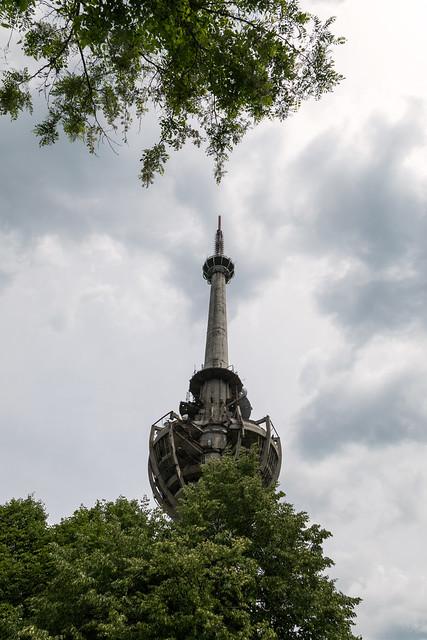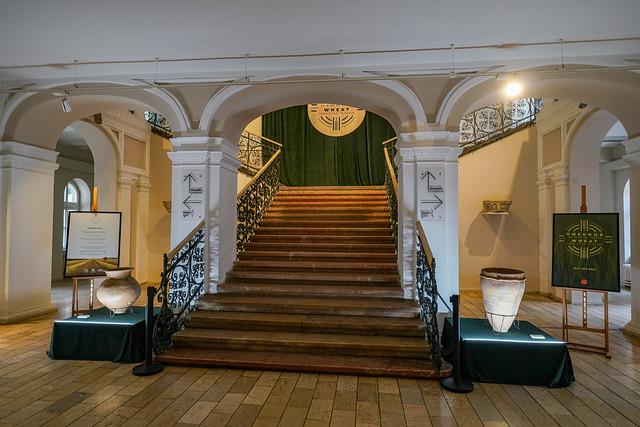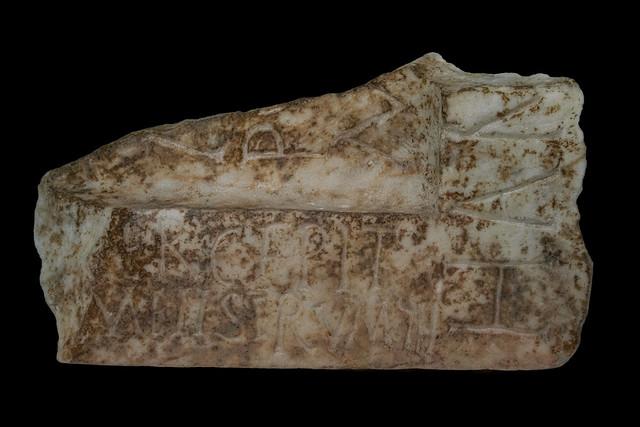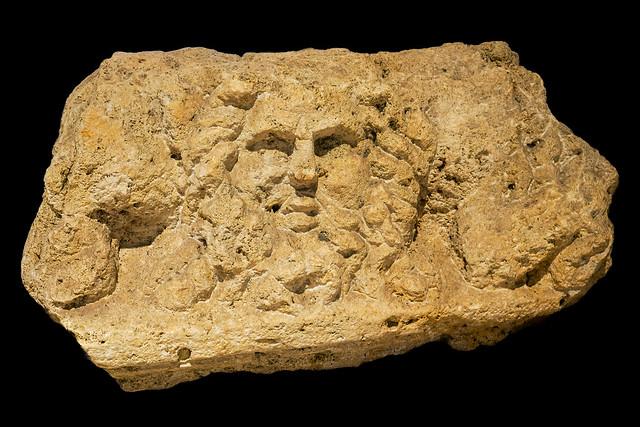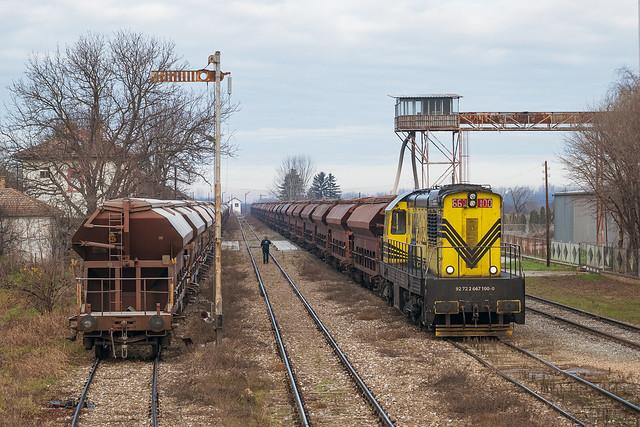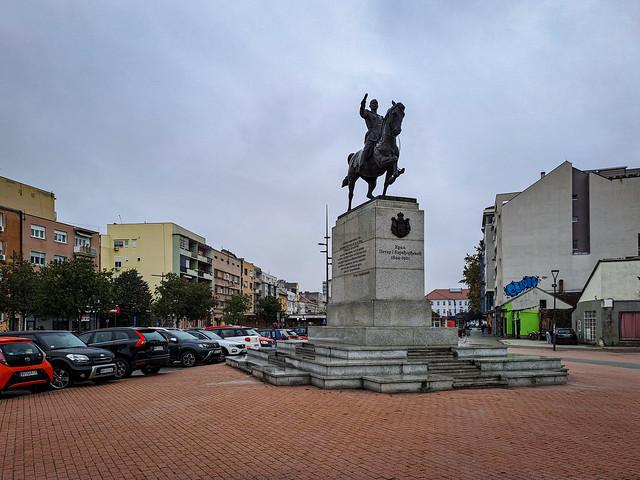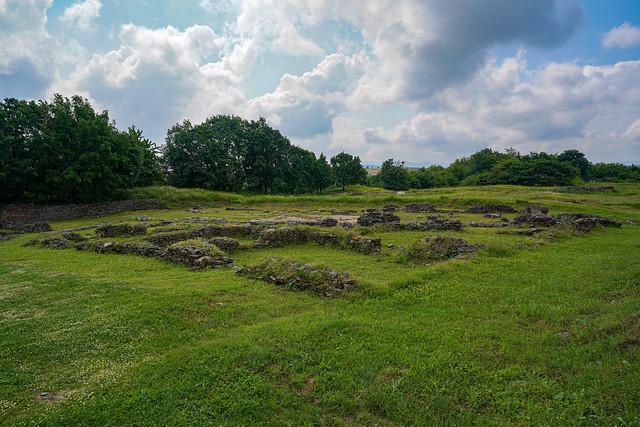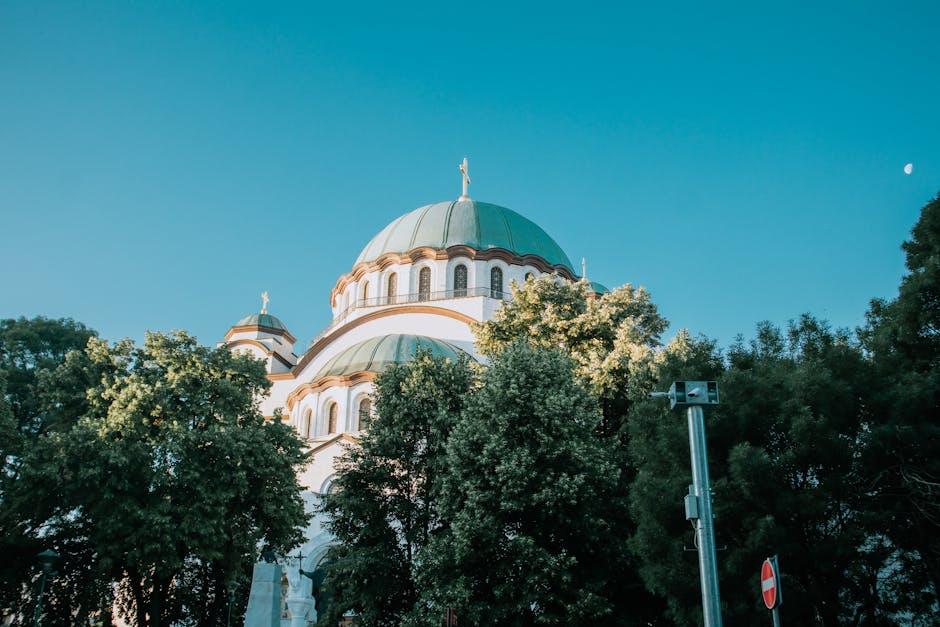South Bačka District
Overview
Overview of South Bačka District, Serbia
South Bačka District is a vibrant region in the province of Vojvodina, Serbia, known for its cultural diversity and historical significance. The district's capital, Novi Sad, is notably famous for its youthful energy and rich cultural heritage, including the Petrovaradin Fortress which dates back to the 18th century and offers panoramic views of the Danube River. The area is a melting pot of various ethnic groups, contributing to a unique cultural tapestry reflected in its cuisine, festivals, and everyday life. A visit here offers a blend of Serbian traditions with influences from Hungarian, Slovak, and Croatian communities, making it a fascinating destination for those interested in experiencing a confluence of cultures.
Tourism and Activities in High Season
The best time to visit South Bačka District is during the summer months, particularly from June to August. This period marks the high season for tourism, thanks to the warm and pleasant weather, with temperatures typically ranging from 20°C to 30°C (68°F to 86°F). Summer is also when Novi Sad hosts the EXIT Festival, one of Europe's premier music festivals, attracting visitors from around the globe. Besides the festival, tourists can enjoy walking tours of Novi Sad's historic center, leisurely boat trips on the Danube, and exploring the nearby Fruška Gora National Park, which offers hiking, monasteries, and vineyard tours.
Preparation for Travelers
Before traveling to South Bačka District, there are several preparations that teenagers and their families should consider. Firstly, ensure that all travel documents, including passports and visas, are up to date; Serbia may require visas from some non-EU countries. It’s advisable to check the latest travel advice from your government or the Serbian embassy. Learning a few basic phrases in Serbian can be helpful, although English is widely spoken, especially among younger people and in tourist areas. Lastly, familiarize yourself with the local currency (Serbian dinar), and plan your budget accordingly, including potential expenses for attractions, food, and souvenirs.
How It Becomes to This
History not available

You May Like
Explore other interesting states in Serbia


